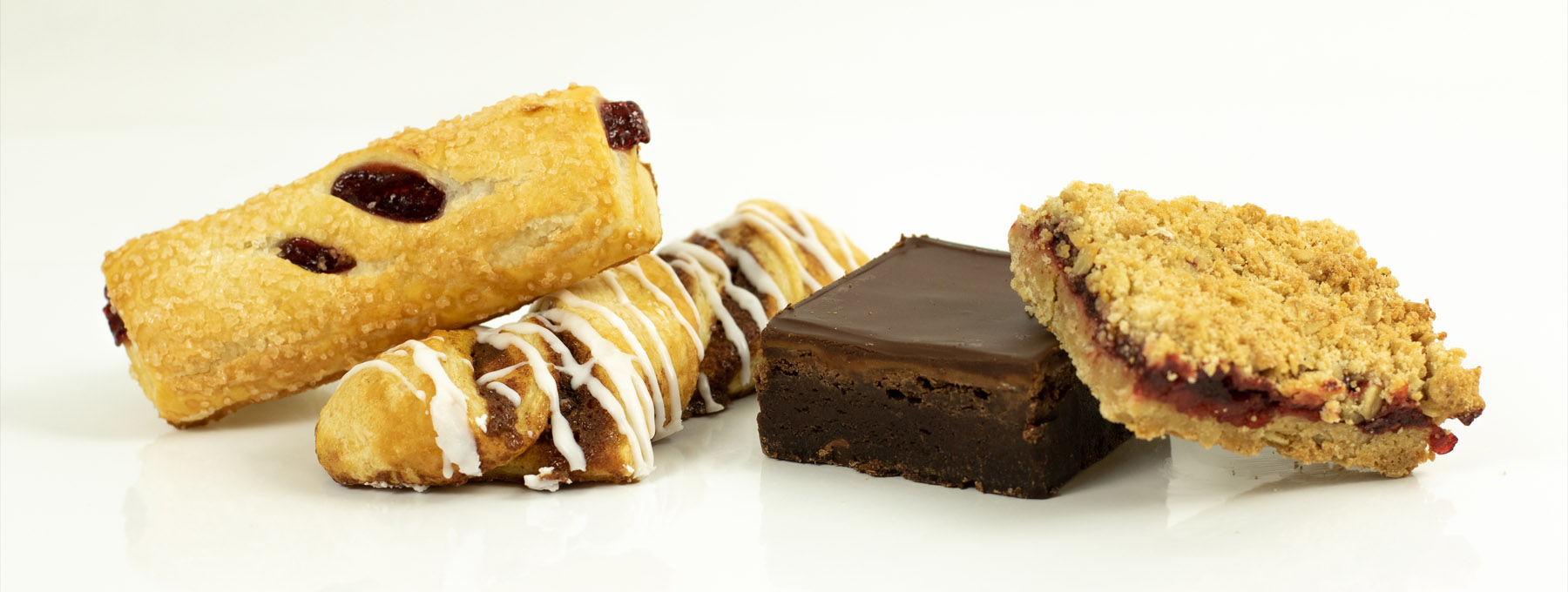Nothing Negative about Clean White Space
What is all that wasted space on your website? Can’t we put some more type there … and there … and there?
No, no, no. That “wasted space” is really valuable “white space.” Some website writers and managers want to fill it. They say, “We’ve got so much to tell our customers and prospective customers; we’ve got to fit it in. Let’s say it all!”
But good designers know better. White space makes a website, a magazine, a brochure, a billboard, an email and any designed piece come alive. It gives your message room to breathe.
Some professionals refer to white space as “negative space,” but they mean no disrespect. Most are designers who use that negative space to caress the elements that make up a web page or marketing materials. All the elements of that design, including the white space, work to engage the audience and help them navigate through the content at hand.
White space is an essential design element and a powerful tool for effective design for all websites, digital and printed products. Some say it is just as important as the content it separates. It is the foundation on which great designs are built. It surrounds your content and lives between the photos, illustrations, the paragraphs, the CTAs and other elements.
Here are some tips on how to use white space more effectively:
Group related items. Separate them from unrelated topics. You’d be surprised how often designers insist on the same margins for everything on the page. Consistency may be king, but that consistency may also suggest to readers that everything is related. But that isn’t always the case. Build in additional white space to separate unrelated subjects. It helps readers understand when one topic ends and another begins.
Check your text. White space isn’t just to separate big design elements. It is between every letter of every word. Check the internal spacing of your text. If it is crowded, it will be hard to read. Too much space will also make it hard to read.
Lead the user. Show your users where you want them to go with white space. The visual cues in your design will help guide readers through your site or other materials.
Highlight the important. While proper use of white space will eliminate the clutter and open up your design, take the next step and highlight the key point or call to action in the chunk of copy. The white space combined with an element that has added emphasis will jump off the page and get the attention you desire.
Set the tone. Your design reflects who you are. Use white space in different proportions to define the character of your pages. Micro white spaces provide intensity and organization. Macro white spaces deliver a feeling of luxury and sophistication. What’s your vibe?



